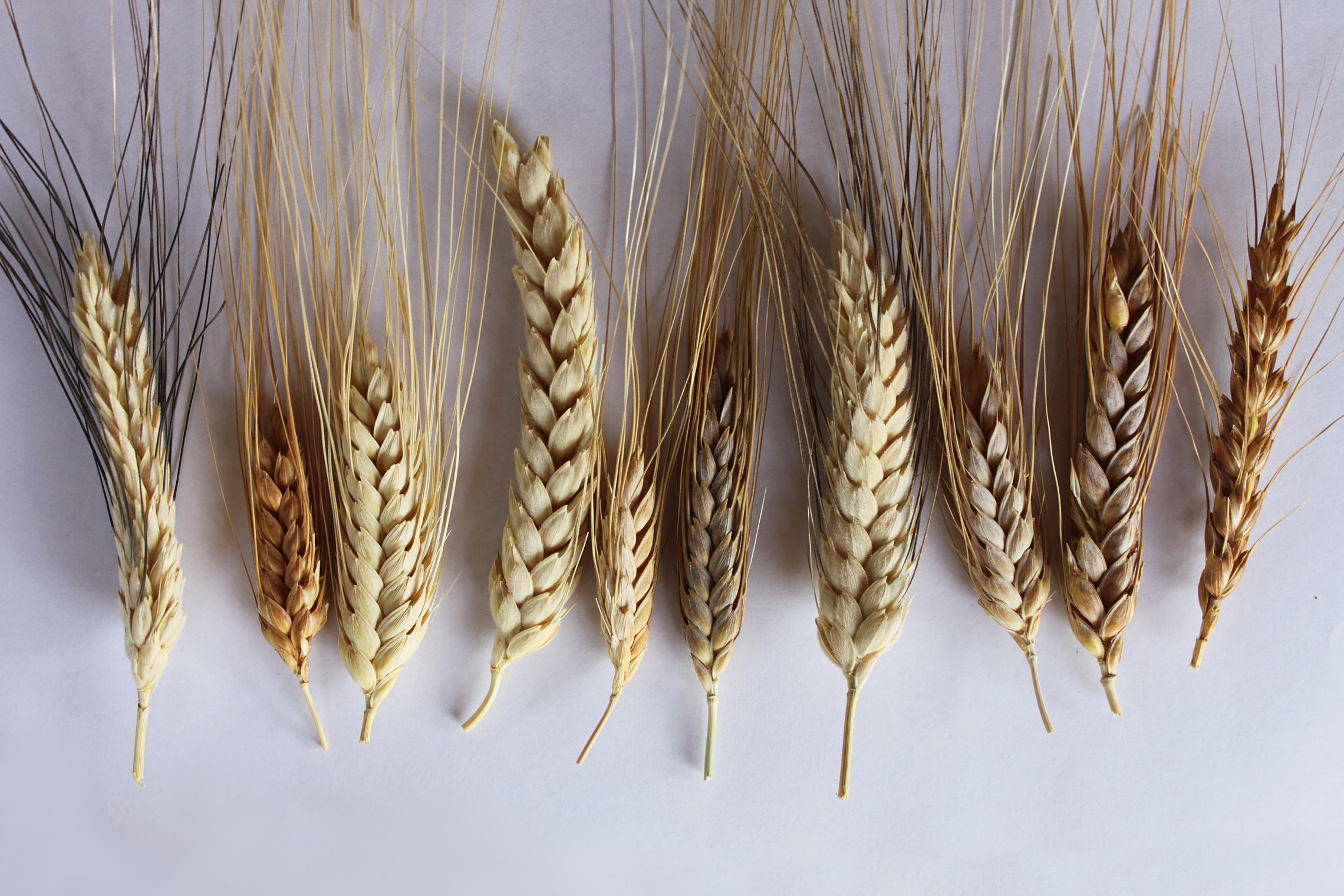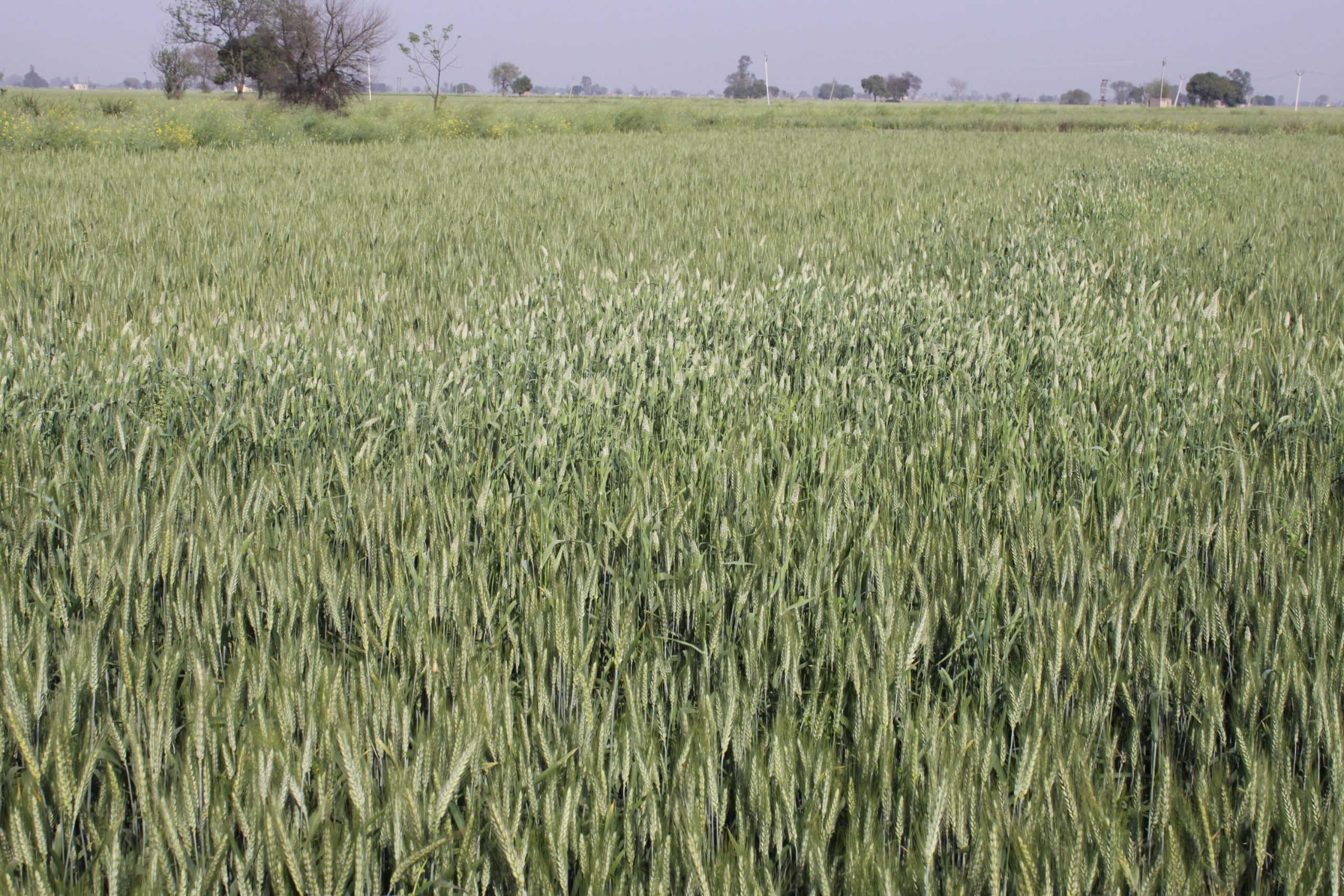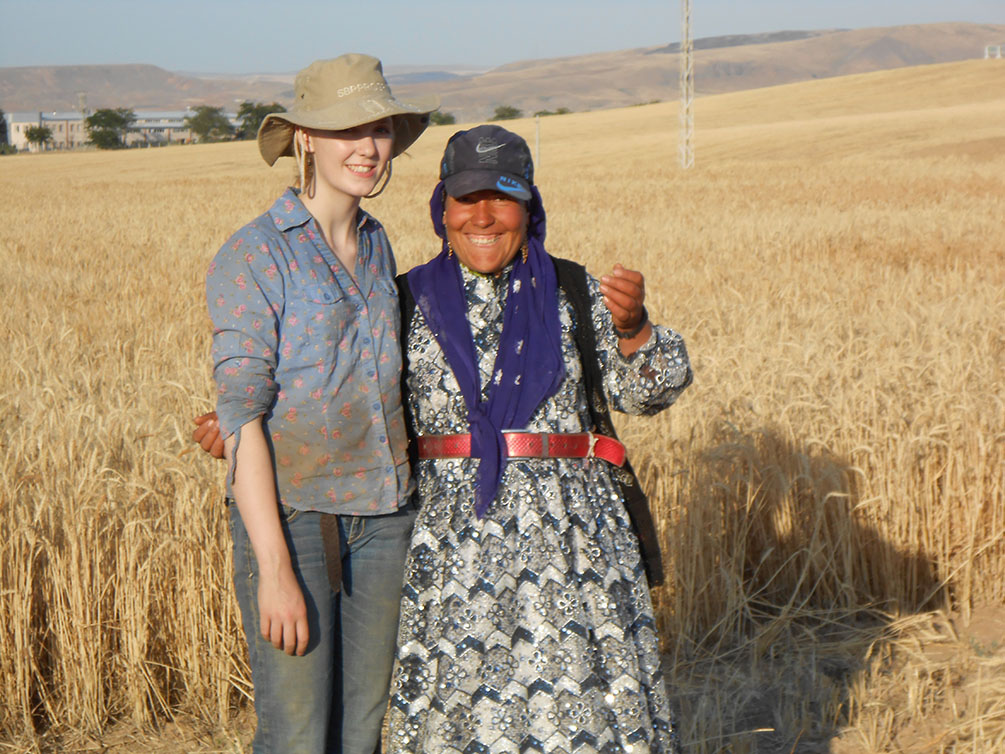Türkiye is the center of origin of wheat and even today farmers cultivate “landraces” — local varieties selected over centuries by farmers. Although the Green Revolution is associated with India and Pakistan, the revolution transformed Türkiye, importing 22,000 tons of the first semi-dwarf spring wheat varieties from Mexico, dramatically increasing national wheat production during the 1960s.
Among CIMMYT’s earliest locations outside of Mexico, Türkiye has hosted the center’s scientists since 1971. In 1986, the International Winter Wheat Improvement Program (IWWIP) was formed as a partnership between the Turkish Ministry of Agriculture, CIMMYT, and ICARDA. In 2000, a joint Turkey-CIMMYT soil-borne disease program began.
Our impact

- CIMMYT, Türkiye’s General Directorate of Agricultural Research and Policies (TAGEM), ICARDA, and FAO have multiplied and returned landrace seeds to over 1,500 farmers in communities across central Asia.
- As of 2023, 135 improved wheat cultivars derived from IWWIP research have been released in 11 countries and grown on 3 million hectares.
- The CIMMYT-Türkiye program on soil-borne pathogens has long contributed to the study and control of these pests. Strong support from CGIAR and TAGEM helped create the International Soil-Borne Pathogens Research & Development Center (ISBPRDC) in Türkiye. ISBPRDC is the first of its kind in Central and West Asia and North Africa (CWANA).
- A study by CIMMYT, in collaboration with Bolu Abant Izzet Baysal University, has showed the prevalence of a wheat fungal disease in Kazakhstan, helping scientists to prevent associated losses in wheat quality and yield in this country’s large wheat harvests.




 Capacity development, Innovations,
Capacity development, Innovations,